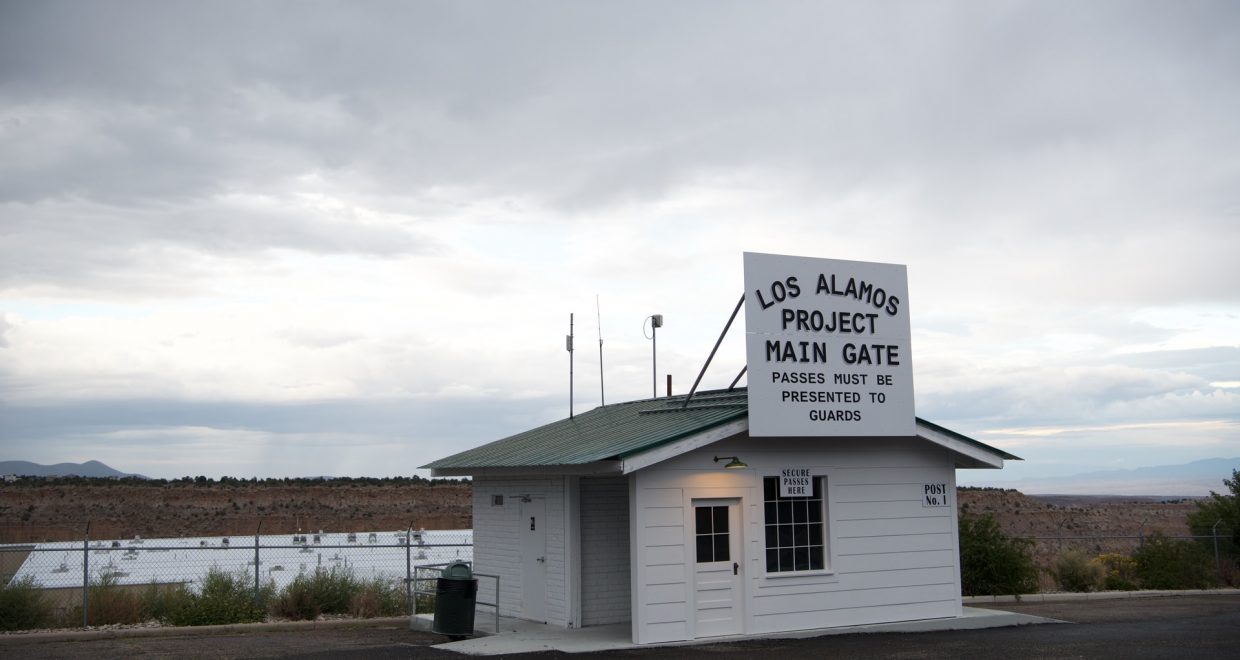Reflections on the Human and Technological Aspects of Studying Modern Opera
The title of Doctor Atomic, John Adams’s 2005 opera about American physicist J. Robert Oppenheimer and the creation of the first nuclear weapon, is a sly nod to Thomas Mann’s novel Doktor Faustus, a retelling of the Faust myth inspired by the modernist composer Arnold Schoenberg. Given the opera’s subject, however, the intentionally populist ring of Adams’s titlemore readily evokes Stanley Kubrick’s 1964 dark comedy, Dr. Strangelove or: How I Learned to Stop Worrying and Love the Bomb. Like Kubrick’s film, Adams’s opera highlights humanity’s uncertain pas de deux with technology.
Over the course of my research into Doctor Atomic, I found myself reflecting on this intertwining of the human and the technological, and how this manifested in the opera as well as in my research methods. My article on Doctor Atomic delves into the technology and media of the opera—in particular, its spatialised electroacoustic sound design—and what it means for opera production, performance, and scholarship. Whereas most operas continue to rely on unamplified singing voices and instruments emanating from the stage, Adams’s opera mixes electronic and acoustic sounds within a surround sound environment. As a musicologist, when I began studying Doctor Atomic I already knew how to read and interpret a musical score as well as an opera’s visual elements, but understanding how these elements interacted with this opera’s more novel component—the sound design—necessitated a new skillset: “reading” and interpreting music sequencing software (in this case, Ableton Live).
Accessing and learning to work with digital audio files and software required forming new human connections. Carol Ann Cheung at publisher Boosey & Hawkes graciously provided me with these files. Thomas Faulds, a sound designer recommended to me by a colleague, walked me through the basics of Ableton Live. And Mark Grey, the sound designer for Doctor Atomic, offered insights into the opera’s development that opened an entirely new area of opera studies for me (and others), one brimming with interpretive and epistemological possibilities. During a research trip to San Francisco Opera (where Doctor Atomic premiered) back in June 2012, Grey sat down with me over steaming bowls of ramen at Tanpopo Restaurant and revealed a crucial facet of the opera that critics had largely overlooked and scholars had yet to explore. Perhaps it is fitting, then, that one takeaway from my investigation of Doctor Atomic is that the opera’s mediated, technological aspects ultimately affirm the live, human elements of operatic performance.
Ryan Ebright’s article Doctor Atomic or: How John Adams Learned to Stop Worrying and Love Sound Design, published in Volume 31 Issue 1 of Cambridge Opera Journal, was recently awarded a 2021 Kurt Weill Prize. Access the full article for free on Cambridge Core.






